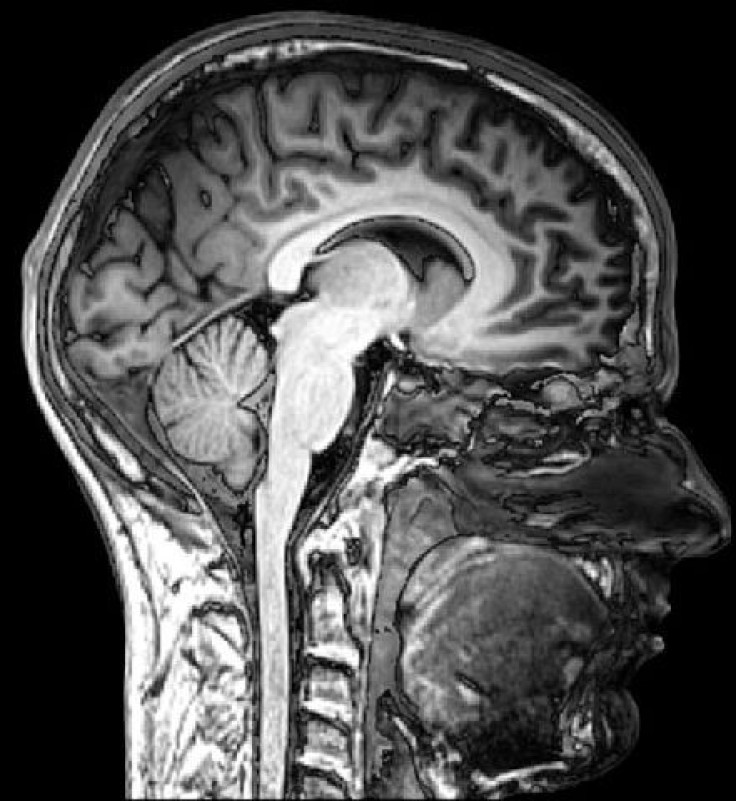Patient In Vegetative State Shows Shocking Signs Of Awareness In New Study

What occurs in the mind of a person who is alive yet in a coma? Would their exact ‘level' of awareness surprise and teach those of us who are 'fully' conscious? Using neuroimaging technology, researchers discovered previously undetected signs of awareness in a patient trapped in a vegetative state.
“Not only did we find the patient had the ability to pay attention, we also found independent evidence of their ability to follow commands – information which could enable the development of future technology to help patients in a vegetative state communicate with the outside world,” Dr. Srivas Chennu, of the University of Cambridge, stated in a press release. The research, which was conducted by a team of scientists from the Medical Research Council Cognition and Brain Sciences Unit and the University of Cambridge, is published online in the journal Neuroimage: Clinical.
States of Consciousness
With the advent of modern neuroimaging and electrophysiology, scientists have begun to explore the unknown and unfamiliar territory of the minds of those who have disorders of consciousness. When the brain is injured, a patient’s state of consciousness may be harmed and the levels or states of impaired awareness are categorized as:
- coma (unawake and unaware)
- vegetative state (awake but unaware)
- minimally conscious state (awareness that comes and goes)
Coma may describe reversible as well as irreversible damage to the brain. If only the cortex or higher brain is injured, a person may lose consciousness, become unable to be roused, and enter a state where he or she is unresponsive to pain, sound, touch, and light. When the parts of the brain that regulate involuntary functions are damaged, a coma patient may require a respirator.
When the higher levels of the brain are no longer functional, as in a vegetative state, a person can no longer reason, think, recognize the presence of loved ones, or even feel emotions or discomfort. If this state lasts more than four weeks, it is called a 'persistent vegetative state.'
Finally, when patients are in a minimally conscious state, they may demonstrate very limited cognitive abilities and behaviors. For instance, they might show an awareness of themselves and their environment, though barely. They may also experience pain, though no one knows how much they actually suffer.
In the current study, researchers explored attention abilities in patients in order to learn more about consciousness.
On the Neuroimaging Frontier
For their experiment, the researchers obtained approval from the families of 21 patients who were either minimally conscious or vegetative, as well as from eight healthy volunteers. Then, they conducted two different tests related to “the nature and capabilities of attention in patients, known to be related to but distinct from consciousness.”
For the first test, the researchers employed an electroencephalography (EEG) to measure electrical activity in each patient’s brains. While an EEG recorded activity in his or her brain, each patient heard a series of different words played at a speed of one word a second for 90 seconds at a time. Examples of the words used include moss, moth, worm, and toad. At the same time, participants were asked to alternatingly attend to either the word ‘yes’ or the word ‘no,’ each of these words appearing at intervals. This task was repeated several times over a period of 30 minutes to detect whether the patients were able to attend to the correct target word.
In this experiment, one of the vegetative patients filtered out the noise of words and paid attention to the relevant ‘yes’ or ‘no’ as requested. At the same time, three other minimally conscious patients reacted to novel but irrelevant words, even though they were unable to selectively pay attention to the target word.
For the second test, the researchers employed magnetic resonance imaging (MRI) with its pulses of radio wave energy to record what transpired in each patient’s brain. Then, participants performed a tennis imagery task, where each had to follow simple commands in order to imagine playing a game of tennis.
This time, the researchers discovered the same singular patient could follow their commands in order to imagine playing tennis.
“Our findings present a persuasive case for dissociable attentional processing in behaviourally unresponsive patients, adding to our understanding of the possible levels and applications of consequent conscious awareness,” wrote the authors.
Source: Bekinschtein TA, Chennu S, Finoia P, et al. Dissociable endogenous and exogenous attention in disorders of consciousness. NeuroImage: Clinical. 2013.



























